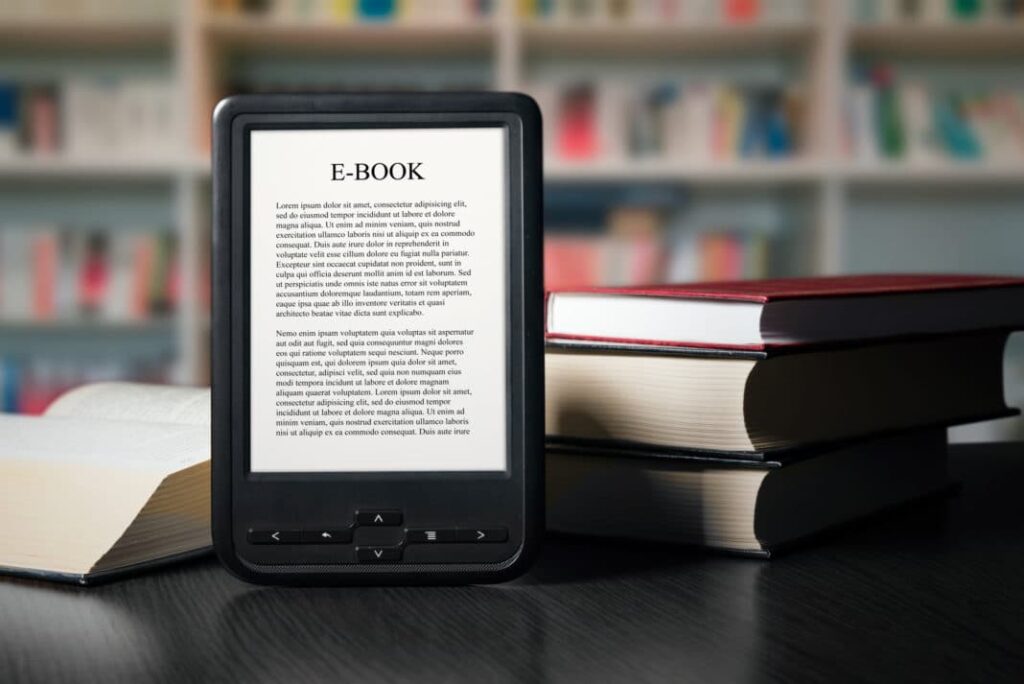Transitioning from physical to digital textbooks

The shift from traditional printed course materials to electronic ones marks a significant pivot in how education is accessed and consumed. This digital transformation, fueled by advancements in business AI, offers a wealth of benefits and challenges alike.
This blog explores the journey of migrating from physical books to digital formats, leveraging business AI tools to enhance the learning experience. It provides insights into the implementation, advantages, and strategies for making the most of digital resources.
Understanding the Shift
The transition to digital textbooks is not just about replacing physical books with electronic versions. It's a comprehensive transformation that involves adopting new learning methodologies. Business AI plays a pivotal role in this transition, offering personalized learning experiences through adaptive learning technologies.
As we move towards a more digital education system, the advantages become clear. Digital textbooks are more accessible, often more affordable, and can be updated easily to reflect the latest information. This fluidity is essential in delivering an up-to-date education in our fast-paced world.
However, the transition also presents challenges, such as ensuring equitable access to technology and addressing the digital divide. It requires infrastructural adjustments and a shift in mindset from both educators and learners.
The sustainability aspect cannot be ignored either. Digital textbooks significantly reduce the need for paper, contributing to environmental conservation efforts.
Role of Business AI
Business AI is at the forefront of this educational revolution. AI-driven platforms can tailor the learning experience to the individual's pace and style, making education more flexible and effective.
Tools such as AI tutors and intelligent recommendation systems guide learners through their educational journey, providing support and resources tailored to their needs.
Moreover, business AI can analyze vast amounts of data to inform curriculum development, ensuring that content is relevant, engaging, and impactful.
Strategies for Successful Transition
To ensure a smooth shift to digital textbooks, educational institutions must employ strategic planning. This includes investing in the necessary technology infrastructure and providing training for educators and students alike.
Creating a culture that embraces digital tools and learning methodologies is equally important. This cultural shift can be facilitated through workshops, seminars, and open discussions about the benefits and potential of digital education.
Accessibility should be a core consideration. Institutions must work to make digital learning resources available to all students, regardless of their socio-economic background.
Feedback mechanisms should be established to constantly improve digital learning resources and practices. Listening to the experiences of both educators and students can provide valuable insights for refinement.
Advantages of Digital Textbooks
One of the most significant advantages of digital textbooks is their adaptability. They can be quickly updated, allowing students to access the most current information.
They also enhance student engagement through multimedia features, interactive quizzes, and links to supplementary resources. This dynamic nature of digital textbooks can cater to various learning styles and preferences.
Cost-effectiveness is another critical benefit. Digital textbooks eliminate the need for physical storage and can be distributed widely at a fraction of the cost of printed materials.
Preparing for a Digital Future
The move towards digital textbooks is a step into the future of education. By incorporating business AI into this transition, educational institutions can offer personalized, efficient, and flexible learning experiences.
This change requires careful planning, investment in technology, and a commitment to inclusivity. However, the rewards — in terms of environmental impact, cost savings, and educational efficacy — are well worth the effort.
Conclusion
Transitioning from physical to digital textbooks, facilitated by business AI, represents a significant evolution in the educational landscape. It brings forth challenges but also a plethora of opportunities for enhancing learning. Through strategic planning, embracing technology, and fostering an inclusive digital culture, the full potential of digital education can be realized, setting a promising path for the future of academia.
As we continue to explore and integrate business AI within educational frameworks, the possibilities for creating a more accessible, engaging, and dynamic learning environment are endless. The transition to digital textbooks is not just a trend but a meaningful shift towards a more sustainable and flexible education system.

Related